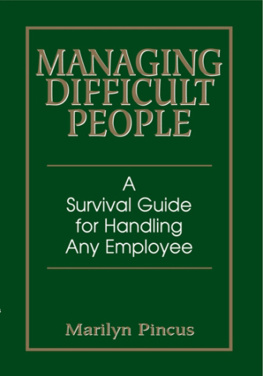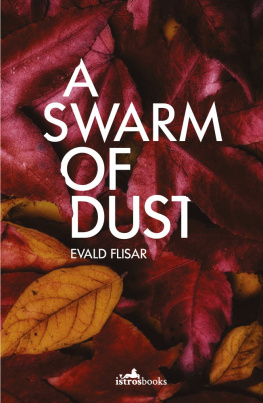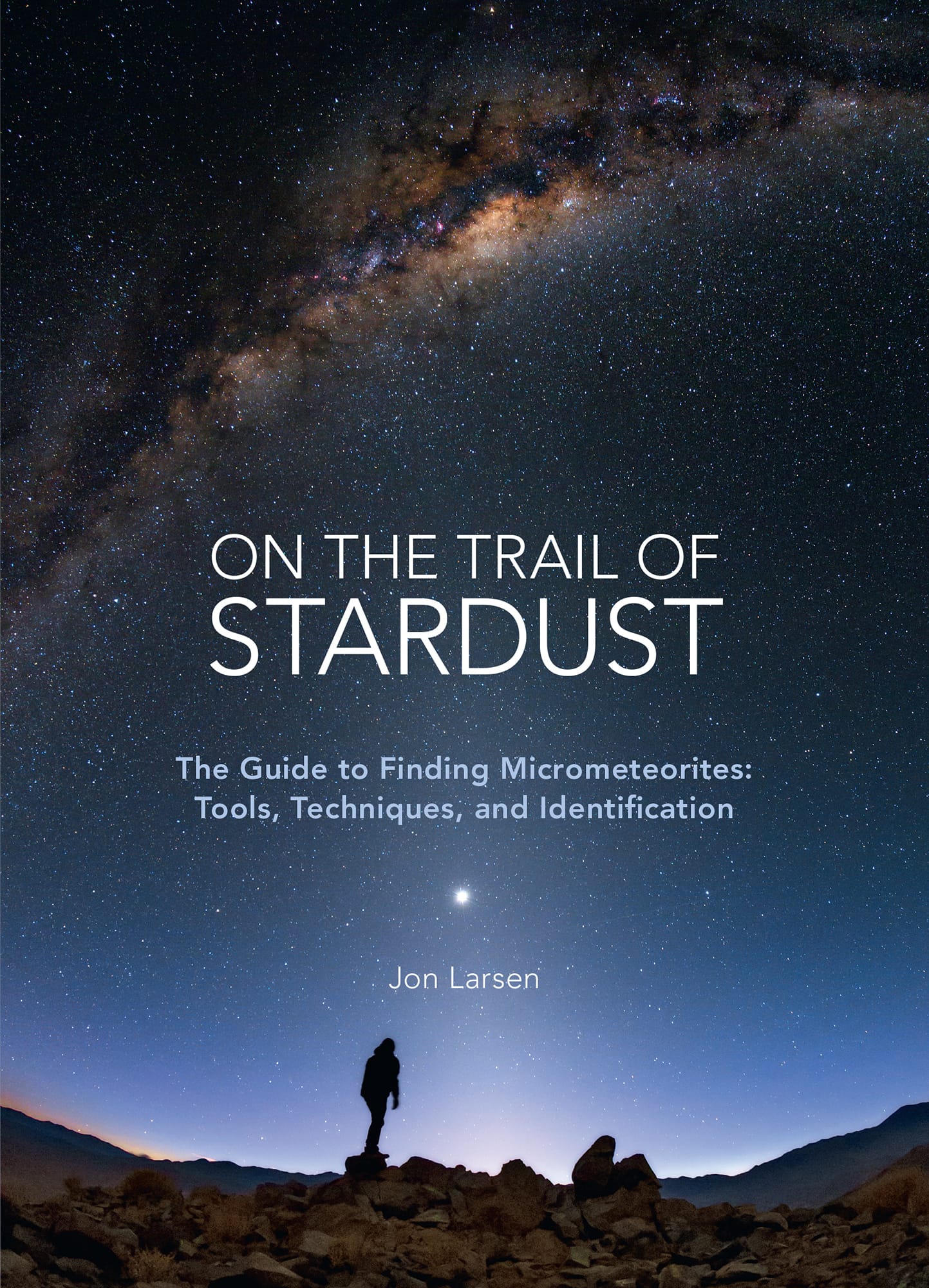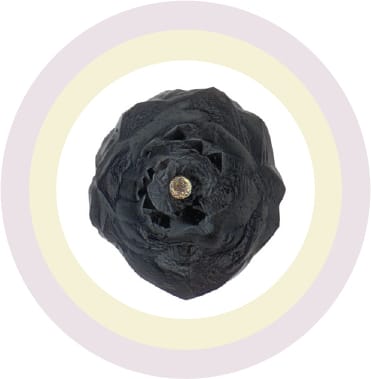Stardust in the sky: The Rosette Nebula is an expanding dust cloud and raw material for new worlds. Jan Inge Berentsen Anvik
AN UNEXPECTED DISCOVERY
It is the oldest matter there is. Nothing has traveled farther. It is the building blocks of galaxies, planets, and even humans. We are all made of stardust.
For more than a century, scientists have searched for stardustthe enigmatic micrometeoritesbut found them only in extremely clean and remote areas, such as the Antarctic blue ice or, more recently, in space. Many attempts have been made to find these small mineral particles in populated areas, but a confusing array of similar-looking manmade objects has been an unsurmountable obstacle. The consensus was that it is simply not possible to pick out one micrometeorite among zillions of other particles.
After an incident in 2009, when a little black dot from above literally landed on my porch table, I wanted to find out more about micrometeorites. I was intrigued by the contradiction between the common belief that they could not be found and the known global influx rate of micrometeorites measured by radar. Before I knew it, I had become a full-time stardust hunter.
To find micrometeorites and separate them from terrestrial dust, we must know what to look for and what to disregard. At the time I began to search, the published pictures of micrometeorites from the Antarctic were mainly black-and-white scanning electron microscope (SEM) section images, which are poor representations of what micrometeorites really look like. And with regard to terrestrial imposters, there was a plentitude of speculation but very little empirical data. Citizen scientists had searched for micrometeorites in roof gutters, but none of these efforts had resulted in verification of a single extraterrestrial particle.
In the spring of 2010 I started systematic research on dust samples from populated areas. Initially I looked at skyward-facing hard surfaces where particles could accumulate over time, such as roads, parking lots, and industrial areas. Then I graduated to other cities, countries, mountains, beaches, desertseverywhere. A decade later, I can look back upon one thousand field searches in more than fifty countries on six continents.
The samples are examined in a Zeiss binocular microscope. Interesting particles are picked out, photographed with a USB microscope, and archived. I have established a photo database (now containing photos of more than forty thousand individual objects), kept an illustrated journal, and tried to find patterns in the field samples. All the while, I put my complete trust in pure empiricism and established the Facebook page Project Stardust to share the results. Today this is the main website for micrometeorite hunters all over the world.
In the beginning the diversity of particles in the dust seemed infinite and chaotic, but with time I started to recognize the most common ones. Micrometeorites are rare and evenly distributed, so an abundance of one type of particle in the dust of one area is one indication of terrestrial origin. At the early stages of my research I contacted the handful of professional scientists in the micrometeorite world, and they all agreed.
The breakthrough came in February 2015, when Matthew Genge from Londons Imperial College verified my first urban micrometeorite: a barred olivine beauty with dendritic magnetite crystals sprinkled all over its surface. The stone was only 0.27 millimeter in diameter, but at last I knew what to look for. I immediately started to search for similar stones and found them. Within my first season I had a collection of more than five hundred pristine micrometeorites that included all of the most common types.
After the release of my book In Search of Stardust, now available in several translations, there are stardust hunters in many countries, and they have found amazing space rocks. This has opened a new branch of citizen science, which at the same time is cutting-edge scientific research. It turns out that we are surrounded by stardust, and it can be found everywhere. All you need is a magnet, a sieve, and magnification, the method for which is explained for the first time in this book. The key, however, is to know what to look for and what to disregard. Micrometeorites look like nothing else down here on Earth.
To better photograph micrometeorites, Jan Braly Kihle and I have constructed a photo rack based on a modified Olympus camera with new and prototype components (both hardware and software), which have resulted in the high-resolution color photos in this book. Studying the morphological details in high-resolution color is crucial to understanding what to search for in field samples. Today the development of electronic photo equipment is exploding, and there is reason to assume that new and improved solutions for photographing micrometeorites will find their way to the market.
Most of the cosmic spherules retrieved on Earth have a chondritic chemistry, which is one of the reliable criteria in micrometeorite verification. When a micrometeoroid enters Earths atmosphere at a steep angle, it goes through a rapid and unique transformation: melting, differentiation, and recrystallization in hyperspeed, resulting in an aerodynamic stone. These forms, together with characteristic surface textures, are in most cases sufficient to visually identify a micrometeorite. This would have been considered science fiction just a few years ago.
Until recently, micrometeorites have been found mainly in the ultraclean environment of the Antarctic. Here, a Korean scientist takes snow samples in search of stardust. The same particles are in the nearest rain gutter. Lee Jong-ik, Polar Research Institute, South Korea (Creative Commons)
This book is all about showing the methodology to help you find your own micrometeorites. Since the discovery of the first urban micrometeorite in 2015, this methodology has improved continuously. Today, the results are up to ten thousand times better than they were in 2015, matching those earlier Antarctic findings. Nevertheless, we are still in the beginnings of this new field. I recommend reading this book to get started and then using your imagination to improve the results.
How to separate alien rocks from their terrestrial imposters is shown here for the first time, step by step, illustrated and explained in an easy way. The first part of the book is about gear and equipmenthow to use it, and where and when. Then comes a brief presentation on what you can expect to find: industrial and naturally occurring particles as well as micrometeorites. Use this part of the book as a roadmap through the maze of contaminants found in dust from populated areas.



















